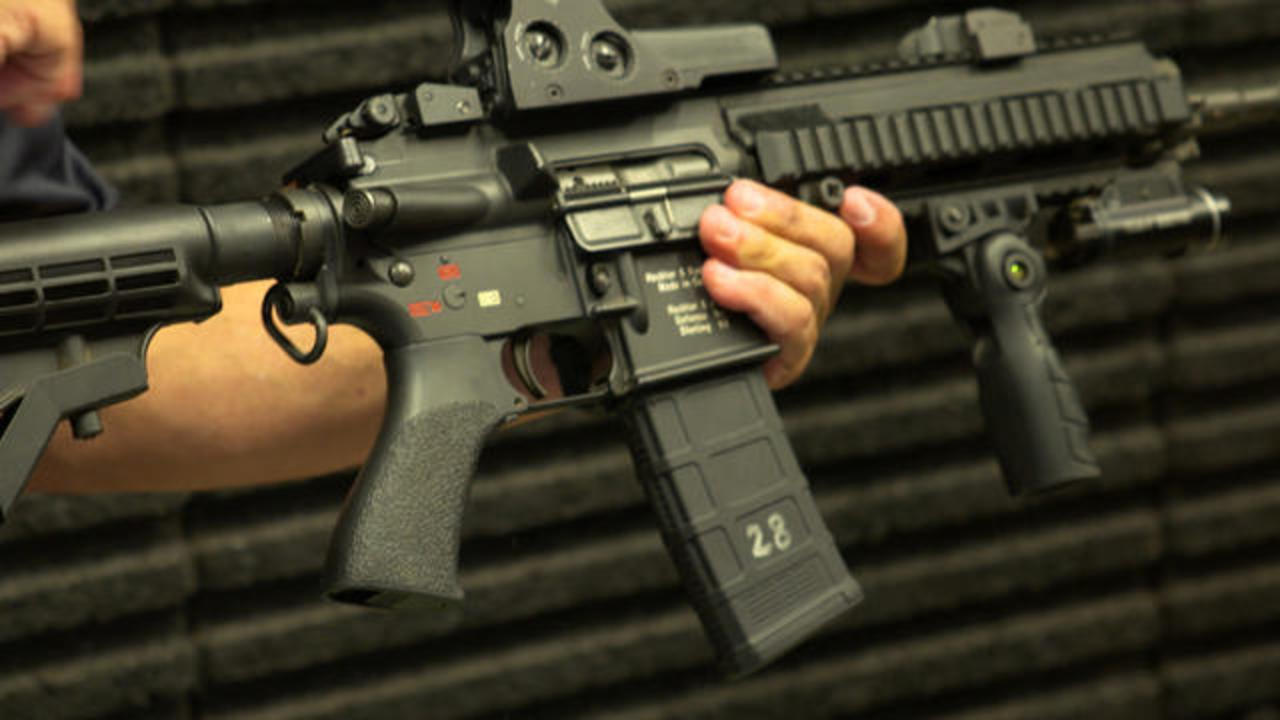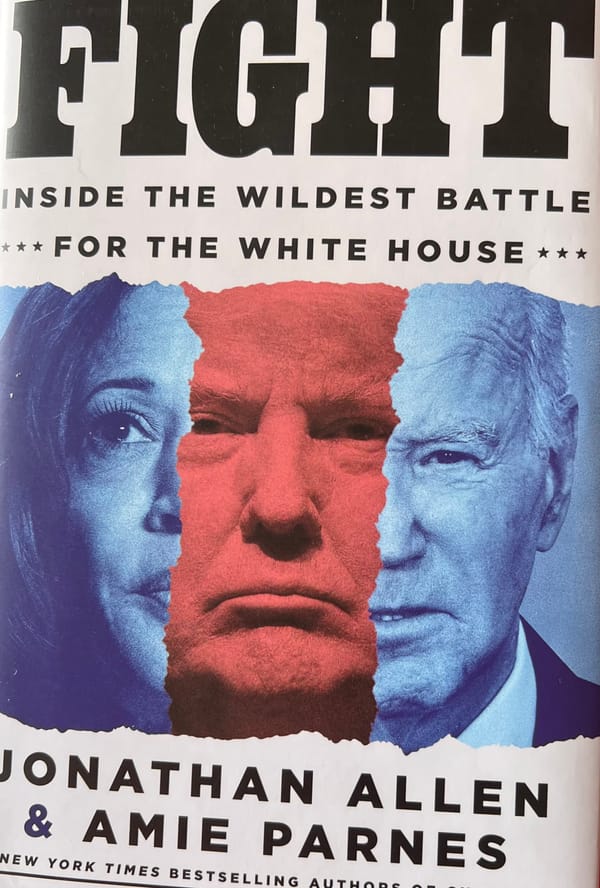Poll question on guns
I am generally opposed to banning “assault rifles” for two reasons.
First, we had a 10-year ban starting in 1994, and the results were mixed, at best. That’s why the law was allowed to sunset.

Second, “assault rifle” is not a legal term, like the media-popular “weapon of war.” It is basically a rifle fitted with “cool” gimmicks -- such as a pistol grip, tripod, flash suppresser, night vision score, and silencer. An estimated 20 million Americans own one.
In one respect, it is different than an ordinary hunting rifle. While the typical bullets used are of a small calibre (often .223), they are very high velocity. That is why they are so deadly, and cause so much damage when they strike a human.
My question is this: Might it make more sense to regulate the deadly velocity, rather than to fiddle with the “look” of a gun?
This is a serious topic. I am interested in serious replies. Jokes will not be appreciated.



